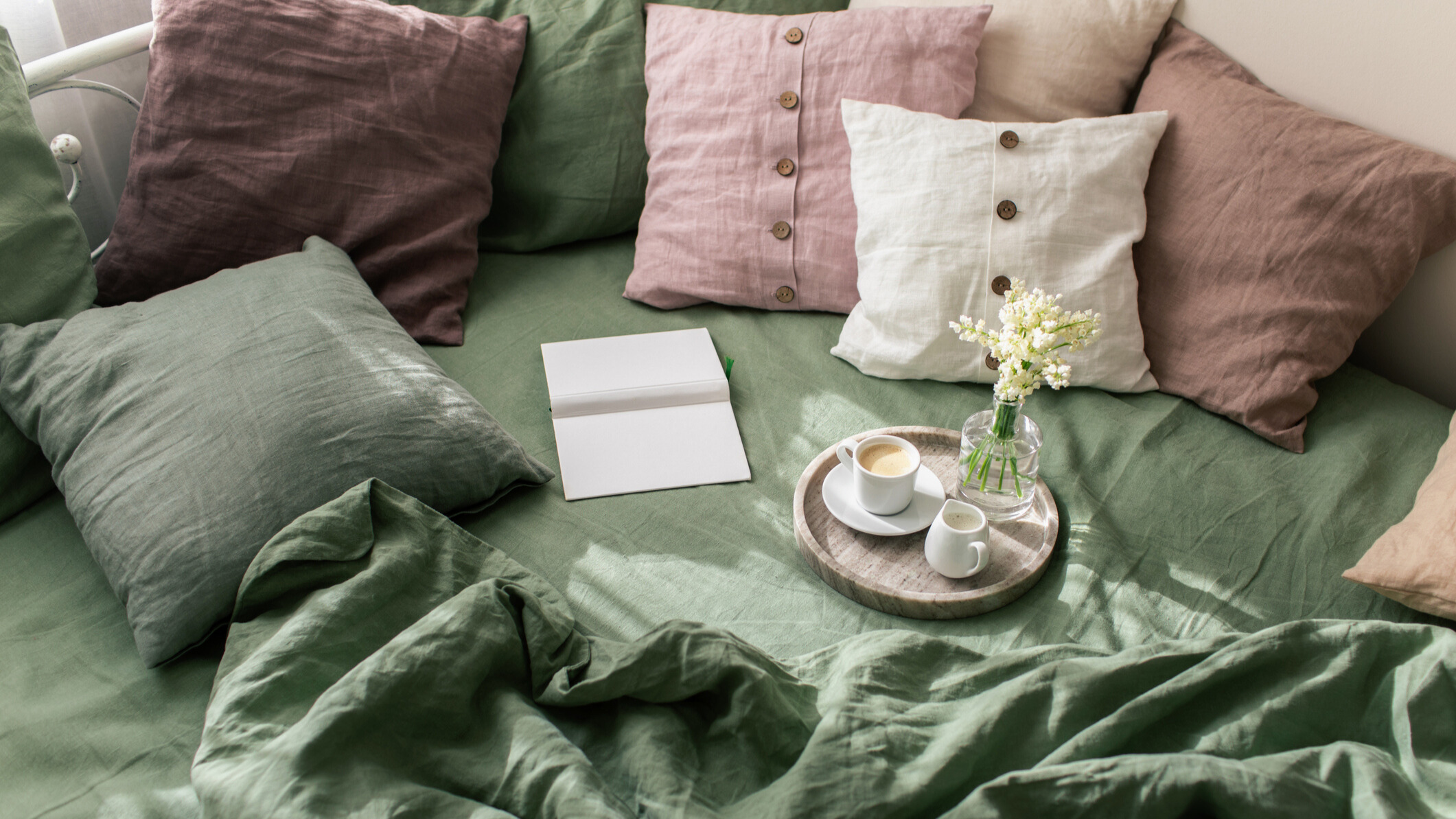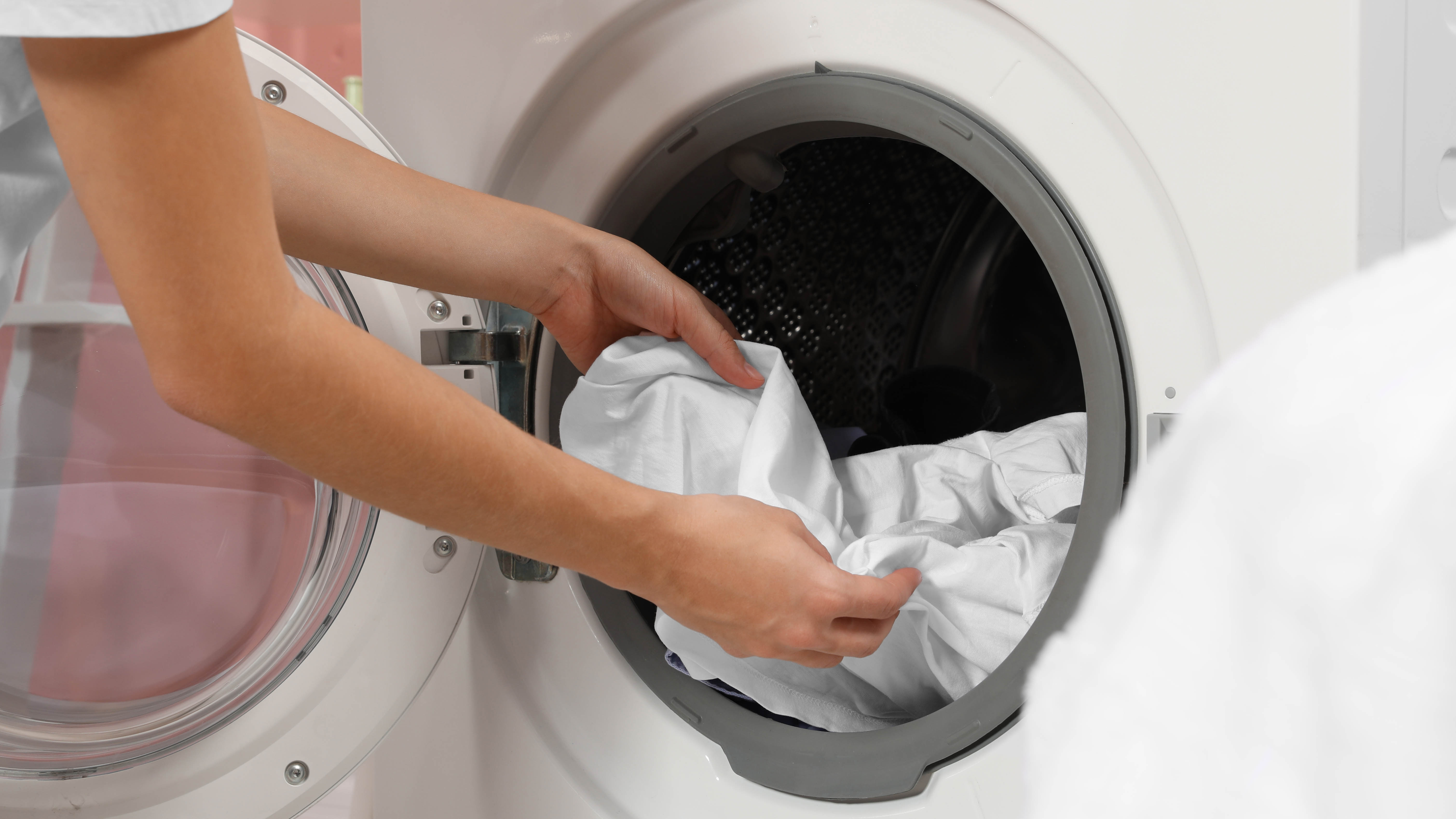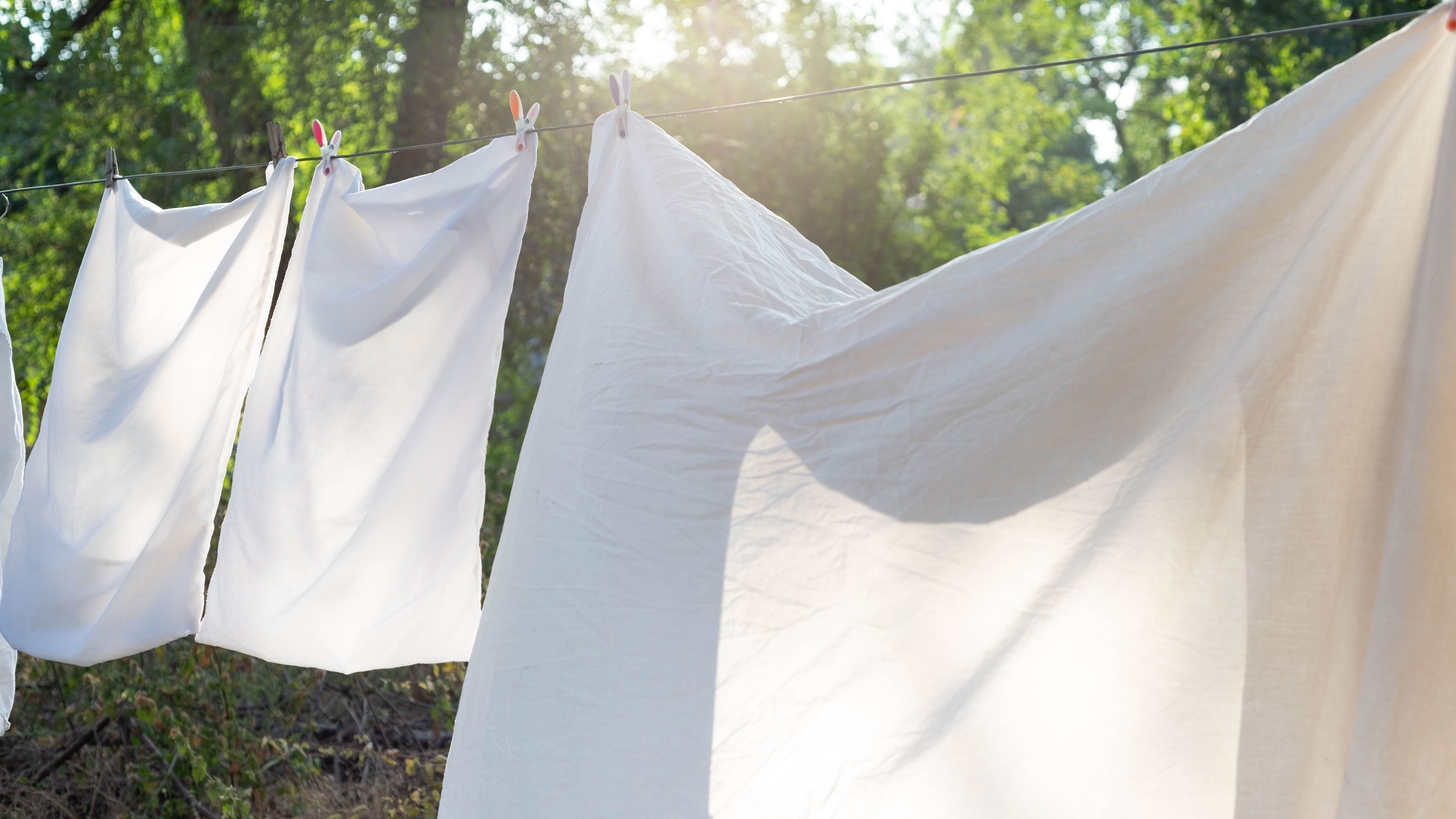Choose sustainable sleep this World Environment Day with these 6 organic bedding materials
Care about the planet and your sleep? These are the sustainable bedding materials to shop this World Environment Day

We can all agree that there’s nothing better than a cool and comfortable night’s rest. But what if we tell you that by choosing the right bedding fabric, you'll not only gain restorative sleep but also help protect the planet?
This World Environment Day 2025, we take you through organic bedding fabrics: what they are and how they impact both the planet and your sleep. Unlike synthetic options, organic bedding sets are made from biodegradable, natural and non-toxic materials, which are manufactured using sustainable practices to help reduce environmental impact.
Because filtering through the ocean of bedding options available in the market is tricky, we've rounded up the top organic fabrics to look out for when shopping to dress up your mattress, and we'll also explain the different factors you should consider before the final purchase. Now, let’s start with the basics…
What are the benefits of organic bedding materials?
Opting for sustainable bedding isn't only a small contribution towards protecting the planet but also a big step toward comfortable sleep. This is because organic bedding fabrics are naturally breathable, translating to a cool sleep all night. They can promote airflow and wick away any moisture, making them an ideal choice for those who struggle with overheating or night sweats.
Another advantage to sustainable materials is their durability. Depending on the weave and build quality, you can expect organic fabrics to last longer than cheaper synthetic alternatives, which means they'll save you money in the long run because they won't need replacing as often. This also reduces your carbon footprint; that is, the measure of greenhouse gas emissions that contribute to climate change.

Sleepers who suffer from allergies are also better off using organic bedding since it's hypoallergenic by nature, meaning an uninterrupted night's rest without sneezing or discomfort.
At this point, their minimal environmental impact is a huge bonus. Organic bedding fabrics are renewable, biodegradable and made without the use of chemicals. This means that the fibers shed during washing are not as harmful as the microfibers from synthetic materials like polyester and rayon.
Organic bedding materials to invest in this World Environment Day
Here are a list of organic bedding options to consider while shopping for sustainable bedding:
1. Organic cotton
Organic cotton is grown without the use of harmful pesticides, fertilizers and herbicides, which means fewer chemicals in our environment. It also tops the list for being the most breathable option of all, making it a good choice for year-round use, especially for hot sleepers.
It is also considered to be softer than non-organic cotton bedding, or bedding made from a blend of two or more synthetic and natural fabrics.
2. Linen
Linen is another popular material that, like organic cotton, uses less water during production. Plus, as a natural material, no harmful chemicals are involved in the manufacturing process, which is a double win for the planet.
Organic linen is made from flax-plant fibers and is known for being be breathable, lightweight, making it a good choice for summer. It's also incredibly durable, with the feel getting softer with every wash.

3. Bamboo
Bamboo is a perennial favorite among eco-conscious buyers and the biggest reason is its renewability. It's one of the fastest growing plants in the world, which means there's more than enough raw material to meet the demand.
Bamboo is a great combination of all the ideal properties you need in bedding: naturally cooling, moisture-wicking, silky soft and lightweight. Even bamboo blends like bamboo-rayon are biodegradable, thus expanding the mix-and-match possibilities.
4. Wool
Wool is a fabric that's been in use for millennia, and it's often found in the best organic mattresses as a sustainable alternative to foam. However, there it's important to highlight that if your priority is to invest in something that is environmentally safe, opting for organic wool is a wise choice.
While both organic and ordinary wool are similar in terms of tangible benefits (softness and temperature regulation), the distinction between them refers to the farming and production practices. Organic wool comes with official certifications (more on this below) that signal that the company has followed ethical methods of feeding, rearing and disease prevention, keeping animal welfare and environmental health in mind
5. Eucalyptus silk
Even though it often comes with a premium price tag, nothing matches the luxurious feel of silk bedding. However, it's important to note that real mulberry silk is not considered sustainable or ethical due to the process of deriving the fabric by dissolving silkworm cocoons in boiling water.
Eucalyptus silk is the next best thing you'll find; it's made from eucalyptus pulp, with no silkworms harmed in the process. It is soft to the touch and hypoallergenic, and mimics the overall feel of ordinary silk.
Tencel-Lyocell is another fabric that is very similar to eucalyptus silk, made from wood pulp (usually eucalyptus) and both are often used interchangeably. Tencel, however, is a brand name for a specific type of lyocell while eucalyptus silk is more of a descriptive term for these fibers.

6. Hemp
Hemp is another organic bedding fabric that is becoming more popular among eco-conscious market, thanks to its resemblance to linen in terms of both look and feel. It is derived from Cannabis sativa plant, grown for industrial use. The plant requires little water and grows relatively quickly, resulting in minimal environmental impact.
Hemp fibers tend to be stronger than flax and hence can feel a bit more textured and durable than natural linen (which can feel a little rougher.) But it is also extremely breathable, temperature regulating and moisture wicking, making it another alternative to the usual cotton sheets in summer.
Four factors to consider while shopping organic bedding fabrics
Not sure what you should look for when you're buying sustainable bedding? These are the main factors to bear in mind:
1. Certifications
Before you decide on an organic bedding set, it is important to figure out whether the brand is just 'greenwashing'. Check for the below certifications:
- GOTS - Global Organic Textile Standard, which will tell you that the fabrics used are organic and tested to meet rigorous environmental criteria.
- OEKO-TEX Certified- Indicates it does not include any non-toxic and harmful substances.
- GREENGUARD Gold Certified - Shows that the product has been put to strict testing to prove low chemical emissions
2. Production process
While the material in itself may be natural and organic, it is crucial to understand whether brand's production and manufacturing processes are sustainable. This involves a fair and ethical trade and labor policy (pertaining to wages and working conditions), animal welfare (in the case of fabrics such as wool) and minimal consumption of water and energy.
Renewable or recyclable packaging is another factor that brands often pay attention to when prioritizing sustainability.

3. Brand ethos
Sometimes knowing a brand's commitment to environmental safety and protection is as easy as checking its mission statement. Look for transparency in its supply chain, starting from sourcing the raw materials though to final packaging, before the finished product reaches your hands.
Check the brand's story and product descriptions to get a fair idea of the official certifications they have earned, since these can guarantee that you're getting original natural products and not cheap dupes instead.
4. End of life cycle
What do you do with your old worn-out bedding? This is a problem that we all have to address sooner or later. When shopping for organic bedding, it's important to check how it can be disposed of towards the end of its lifespan.
Products crafted from fully organic materials are entirely biodegradable and hence do not harm the planet in any way. You can also check with the brand to see if it has any recycling services or programs in place.

Becky is a Sleep Staff Writer at Tom’s Guide covering all things sleep-related including product reviews, research studies, news and explainers. She works on specialist bedding content and is responsible for buyer’s guides like the best pillows for all sleepers and best mattress protectors focusing on popular brands such as Tempur-Pedic, Avocado, Coop Home Goods and more. Becky is a PPA accredited journalist who is keen to explore the intricacies of sleep, its effects on skincare, mental wellbeing and work performance. While not thinking of sleep, she can be seen reading in cosy bookshops or learning about global food culture.
You must confirm your public display name before commenting
Please logout and then login again, you will then be prompted to enter your display name.
